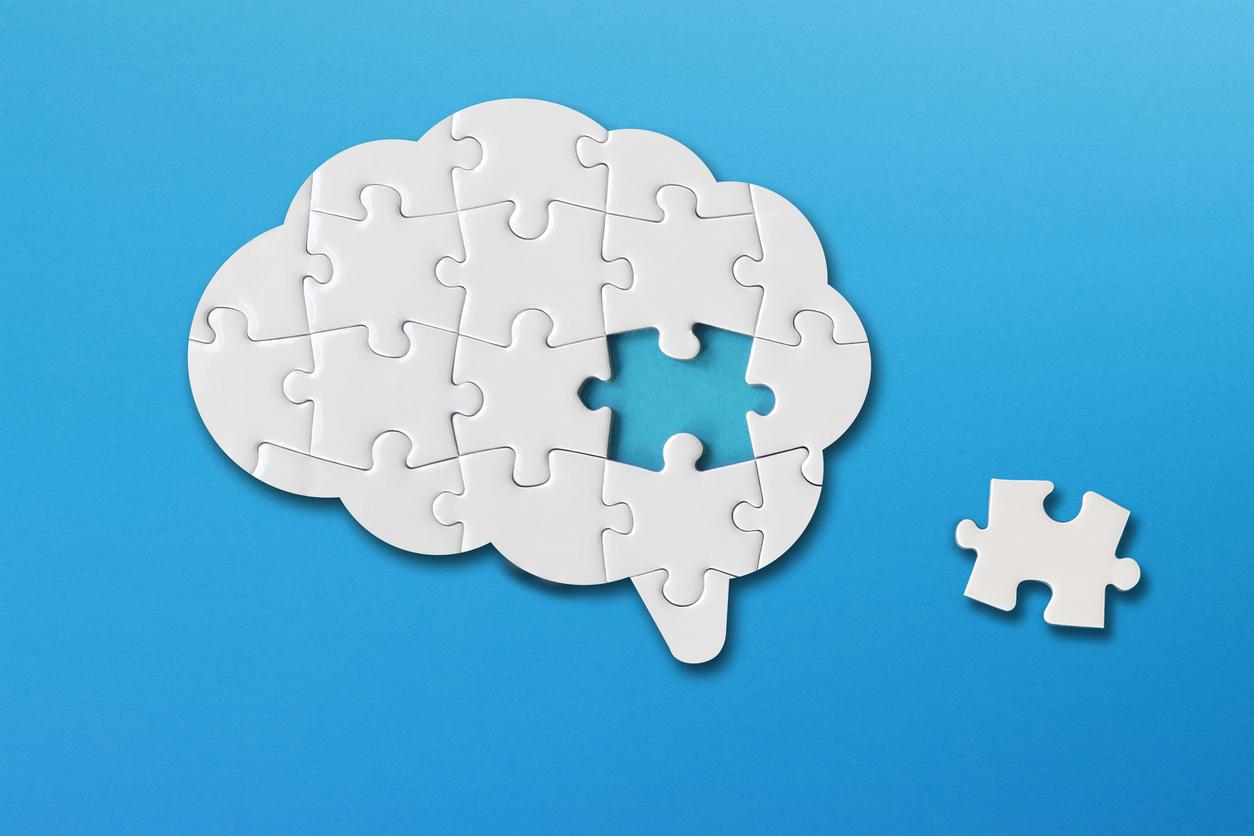The solution is getting closer
A quarter of a million Dutch people suffer from dementia, but there is no treatment yet. Still, scientists are collecting more and more insights about this debilitating disease. A solution is therefore slowly approaching.
No less than one in five Dutch people will develop dementia sooner or later. Dementia is a collective name for more than fifty diseases, but the vast majority of people with dementia (about 70 percent) have the Alzheimer’s disease. There is no treatment that prevents, stops or cures this disease.
Fortunately, a lot of scientific research is being done. And not without result, say Marco Blom (scientific research manager) and Dinant Bekkenkamp (scientific research assistant) of Alzheimer Nederland. This foundation collects money for scientific research into dementia, offers help and information to people with dementia and their loved ones and represents their interests.
Scientists are convinced that within twenty years there will be a breakthrough in preventing or curing Alzheimer’s. In any case, research has already led to more knowledge. The mystery of Alzheimer’s has been unraveled over the years.
proteins and genes
In the early 20th century, German neurologist and psychiatrist Aloïs Alzheimer treated a young woman who had memory problems and appeared confused. After her death, he examined her brain tissue. He saw that her brain had shrunk and that there were abnormal proteins around and in the brain cells: so-called plaques (accumulations) and tangles (tangle of fibers). They disrupt the processes in the brain cell, so that it dies.
“An important insight. But the next big discovery came eighty years later,” says Dinant Bekkenkamp. “In 1984, scientists discovered that the protein beta-amyloid is responsible for the plaques. It occurs when a ‘normal’ protein is broken down in the wrong way. The beta-amyloid accumulates and is harmful to brain cells. Why the substance is created and builds up in the brain is not yet clear.”
Tau protein
Two years later, it turned out that the so-called tau protein is responsible for the tangle of protein fibers in the brain cells. And in 1987, the first gene that causes Alzheimer’s was found. This gene ensures that people with the down syndrome often get Alzheimer’s at a young age. A very important breakthrough came from our own country. Researchers at Erasmus MC in Rotterdam found a change in a gene that appears to play a role not only in the development of the fairly rare frontotemporal dementia, but also in the deadly muscle and nerve disease. IF.
See what’s happening in the brain
With the arrival of CT, MRI and PET scans the possibilities of diagnosing Alzheimer’s disease have improved. An MRI scan, for example, shows whether the brain has shrunk. In 2004 it became possible to determine by means of a PET scan whether someone has accumulations of beta-amyloid in the brain. This was a major leap forward for scientific research, because when a drug is tested now, it is immediately apparent whether it has an effect.
MEG
The Amsterdam Alzheimer Center is conducting research with MagnetoEncephaloGrafie (MEG) in young people with dementia. Previously, researchers only looked at the size and structure of the brain for making the diagnosis. But little changes in this for young people with dementia. With a MEG, the functioning of the brain can be viewed. The researchers are looking at whether a disruption of communication in the brain is specific for certain types of dementia, so that the diagnosis can be made more quickly.
Medicines
In 2000, the first drug for Alzheimer’s came on the market here. Alzheimer’s patients have less acetylcholine in the brain, the substance that ensures that nerve cells can communicate with each other. This agent prevents its breakdown. Bekkenkamp: “Unfortunately, the drugs do not tackle the disease itself, it is symptomatic. Moreover, they do not work for everyone.”
Still, the arrival of this drug was hopeful. For a long time there was no single drug for Alzheimer’s patients. But it also shows how little we can do. Dementia is the number three cause of death here and the only disease in the top ten where there is no hope of a cure or slowing down of the disease.
bright spots
Nevertheless, the first bright spots appear. For example, the study among sixteen people with moderate to advanced Alzheimer’s who were injected a drug for three years against immune disorders. Four of the patients did not deteriorate during this period. It is the first time that a drug has brought the disease to a halt for an extended period of time. About fifteen Alzheimer’s drugs are currently being tested in patients. Although most of them are still losing weight at this stage, Bekkenkamp is hopeful for a good outcome. “We can make the diagnosis earlier and earlier. Hopefully some drugs can inhibit or stop the disease before the brain is damaged too badly.”
We can do something about it ourselves
Science has found seven influenceable factors that can help people reduce their risk of dementia. The risk factors are: too little exercise, diabetes, overweight and high bloodpressure middle age, smoking, depression and mental inactivity.
We must act now
“Dementia is the fastest growing cause of death in our country. There are now 250,000 people with dementia and that number will double if nothing is done. Alzheimer Nederland is working with other organizations on the ‘Deltaplan dementia’. It consists of three parts: more scientific research into prevention and cure, a National Dementia Register to improve care and an online care portal for caregivers, patients and informal carers,” says Blom.
Sources):
- Plus Magazine

















